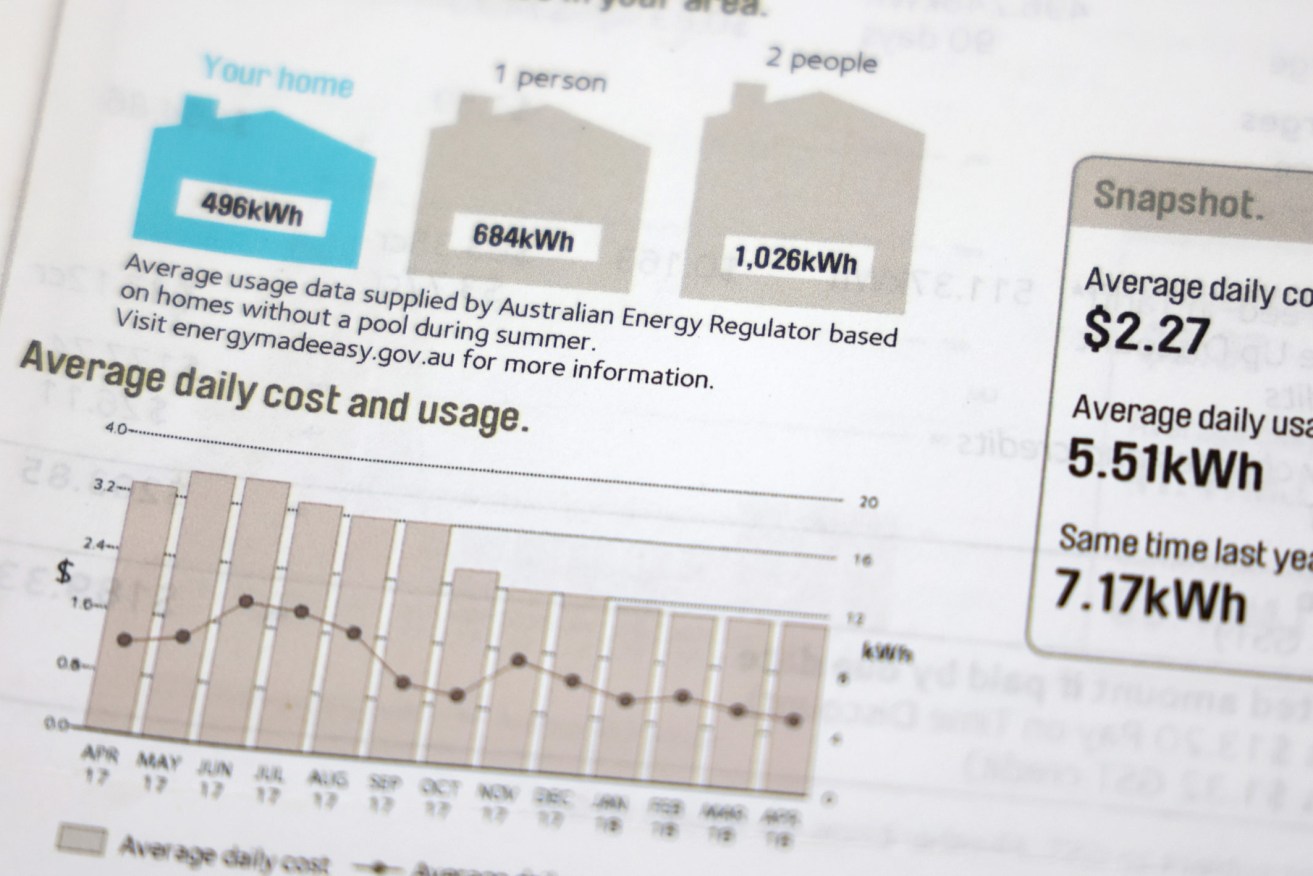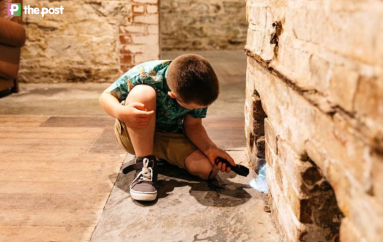SA power bills to rise in cost-of-living blow
Tens of thousands of South Australian households are set to be hit with increased electricity bills after the energy industry watchdog made the “difficult decision” to increase benchmark prices by hundreds of dollars a year.

Photo: David Mariuz/AAP
The latest price hike is another blow for households already struggling with the surging cost of living, with regulated electricity price caps in South Australia set to increase by between $124 to $198 for households, and $459 for small businesses each year.
That is an increase of up to 9.5 per cent for households using 4200kWh of electricity with controlled load (separately metered tariffs used for appliances such as electric hot water storage systems) and 5.7 per cent for small businesses using 10,000kWh of power.
The increases, to come into effect from July, have been passed on by the Australian Energy Regulator (AER), which sets the Default Market Offer (DMO) – a regulated price cap that outlines the maximum price that retailers can charge customers who have not shopped around for a better deal.
About 65,000 of South Australia’s 900,000 electricity consumers are currently on a DMO, with the rest on competitive market deals from retailers.
In a statement this morning, the AER said the DMO increase was prompted by a 11.8 per cent rise in wholesale electricity costs in South Australia over the past year, driven by unplanned power plant outages and the ongoing war in Ukraine.
AER chair Clare Savage said this year’s DMO determination was a “particularly difficult decision”.
“In setting these new DMO prices, we understand the significant impact they will have on some consumers who may already be struggling with cost-of-living pressures,” she said.
“We have given scrutiny to all factors affecting the DMO calculation and have set safety-net prices that reflect the current conditions and underlying costs to retailers.
“Our safety net DMO price will continue to protect consumers from unjustifiably high prices and will continue to provide the reference point from which consumers can shop around for a better deal.”
Savage said default offers were not the cheapest deal and customers could get around the price hikes by shopping around.
She said households could currently save around $443 or 24 per cent off their bill, while small businesses could save around $1308 or 29 per cent off their bill, by switching to a competitive market deal.
The Australian Energy Council, which is the peak industry body for electricity retailers, also urged customers to do their research.
“An increase to the DMO is news that most of us could have done without. No one likes to see prices rise, and with the current cost of living pressures, it’s important that consumers shop around for the best deal,” Australian Energy Council chief executive Sarah McNamara said.
“It’s also a good idea to contact your retailer and ask them for a better deal.
“The same goes if you’re concerned about, or are having trouble, paying your bill. Your retailer can help if you contact them.
“Switching retailers will also take less time than you think.”
The state opposition seized on the price hike this morning, calling on the Malinauskas Government to “reveal its plan to reduce power prices and ease cost of living burden on South Australians”.
It pointed to moves by the Queensland Government to introduce a $175 cost of living rebate on its local power bills as a potential solution to ease household budget stress in South Australia.
“Cost of living pressures are intensifying every day and Labor needs to act urgently to support South Australians,” the Liberals’ energy spokesperson Stephen Patterson said.
“Fuel prices and the cost of groceries are really starting to bite and Labor needs a solution to these issues right now.”
In response, Energy Minister Tom Koutsantonis told InDaily that the power price rise was caused by external factors such as surging coal and gas prices.
He said the Malinauskas Government was focussed on driving down prices “long-term” by investing in renewable energy.
“South Australia has already made big steps towards the transition towards renewable energy and that’s one of the reasons we haven’t had the same level of increases as some of the other states,” he said.
“It’s a bit rich that the former government, which failed to deliver its promised $302 reduction in electricity prices, is calling for power prices to be addressed.
“Our government will reactivate investment in renewables as a hedge against price shocks on fossil fuels.”




